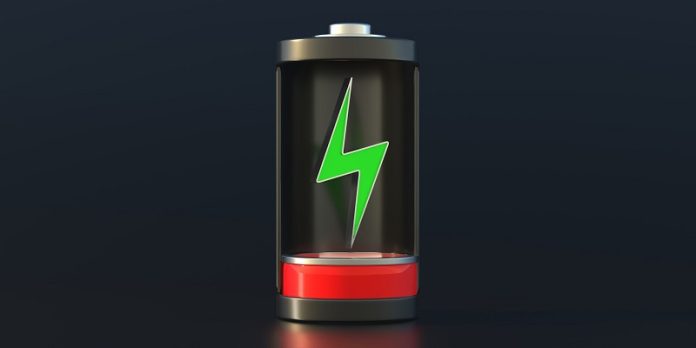
As electric vehicles and renewable energy become more popular, the need for better lithium-ion batteries is growing fast.
These batteries power everything from smartphones to cars and solar panels, but making them more efficient and durable is still a major challenge.
A big part of the cost and performance of a battery comes from the material used in the cathode—the part of the battery where lithium ions move during charging and discharging.
One promising type of cathode is made with high amounts of nickel, which offers high energy storage and is more affordable than other materials. But there’s a catch: the more nickel you use, the more unstable the battery becomes.
These batteries tend to wear out faster and become less reliable over time.
To solve this, scientists have been using a design called a “full concentration gradient” or FCG. In this design, each cathode particle has more nickel in the middle and less on the outside. The outer layers are made with other stable materials like cobalt and manganese, which help protect the particle and improve its strength.
The problem is that until now, this design had very little flexibility. The way it was made meant that once you set the average mix of materials, you couldn’t adjust other features like how quickly the gradient changed from the core to the surface.
But researchers at Pusan National University in South Korea, led by Associate Professor Hyun Deog Yoo, have come up with a breakthrough. They’ve developed a mathematical method that allows scientists to precisely control the shape of the gradient—how steep it is, how it curves, and what materials are used—without being limited by old design rules.
Instead of using fixed flow rates to create the gradient, their method changes the flow of materials over time using a mathematical formula. This makes it possible to create an unlimited variety of gradient designs using the same basic equipment.
The team tested their method using automated lab equipment and created five different cathode samples with unique gradient shapes. These samples were tested using advanced 2D and 3D imaging tools provided by research partners in the United States, including teams at the University of Illinois Chicago and Argonne National Laboratory.
The results were impressive. The new cathodes stayed strong and cracked less during use. They also let lithium ions move more easily, which helps the battery last longer and work better. One of the designs kept 93.6% of its original power after 300 charge cycles—one of the best results ever reported for this type of battery.
This new method could lead to safer and more reliable batteries for everything from electric cars to medical devices, helping us move toward a cleaner, more energy-efficient future.



